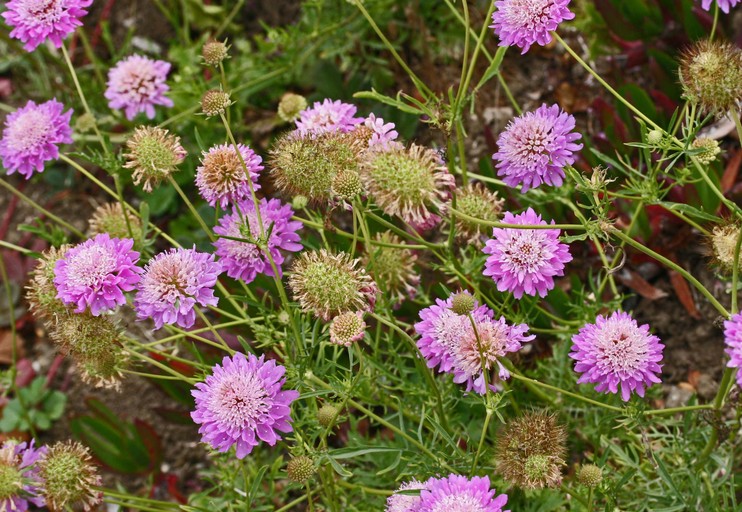Created on: Tuesday, Sep 20th, 2016
DAISIE: http://www.europe-aliens.org/speciesFactsheet.do?speciesId=24345#
Queensland Government: http://keyserver.lucidcentral.org/weeds/data/media/Html/scabiosa_atropur...
HEAR: http://www.hear.org/pier/species/scabiosa_atropurpurea.htm
NZ Flora: http://floraseries.landcareresearch.co.nz/pages/taxon.aspx?id=_a413d999-...
PIER: http://www.hear.org/pier/species/scabiosa_atropurpurea.htm
NSW Flora: http://plantnet.rbgsyd.nsw.gov.au/cgi-bin/NSWfl.pl?page=nswfl&lvl=sp&nam...
Kew seed database: http://data.kew.org/sid/SidServlet?ID=20566&Num=2jd
Texas: http://www.texasinvasives.org/plant_database/detail.php?symbol=SCAT
British Columbia: http://bcinvasives.ca/invasive-species/identify/invasive-species/invasiv...
Reviewed by Eric Wrubel.
- < 13 : accept (low risk of invasiveness)
- 13 - 15 : evaluate further
- > 15 : reject (high risk of invasiveness)

